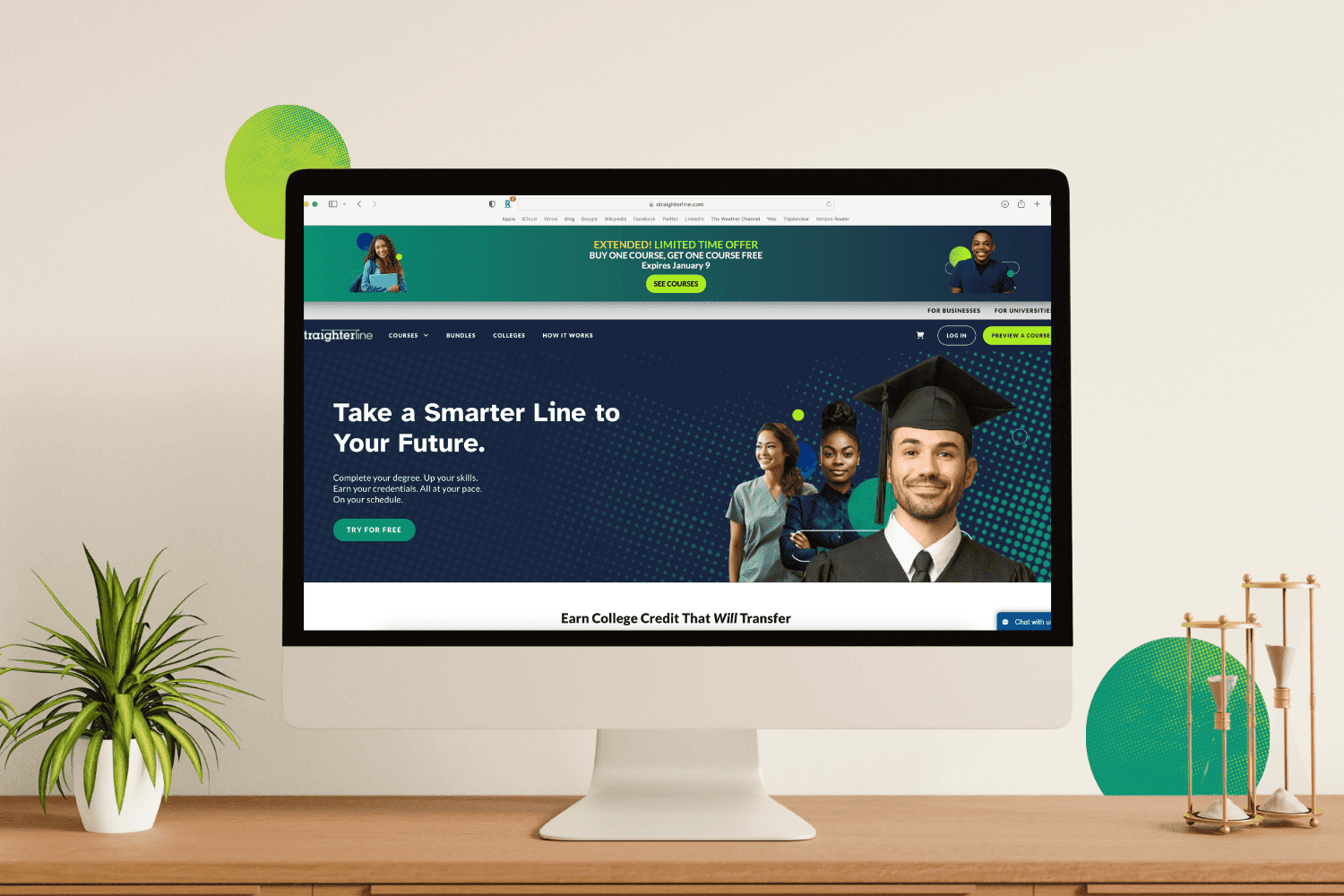
$99
Plus membership
3 Credits
All courses include:
eTextbooks
2 to 3-day turnaround for grading
Multiple chances to improve your grade
On-demand tutoring & writing center
Student support 7 days a week
$99
Plus membership
3 Credits
All courses include:
eTextbooks
2 to 3-day turnaround for grading
Multiple chances to improve your grade
On-demand tutoring & writing center
Student support 7 days a week
Language and Literacy
$99
Plus membership
3 Credits
About This Course
ACE Approved 2023
Our Language and Literacy education course introduces you to the pedagogy of language and literacy at the early childhood level. Learn about the basic constructs of reading instruction, such as language development, emergent literacy concepts, phonemic awareness, alphabetic principle, invented spelling, decoding/encoding, and vocabulary and comprehension strategies.
What You'll Learn
Specify the experiences children need from birth to age nine to prepare them to learn, read, and succeed in school.
Identify early interactions with adults and peers, the Pre K – 4 teaching methods and curricula, and comprehensive interventions that support learning and development, specifically in domains that prepare children from diverse backgrounds for kindergarten and the early grades.
Know the range of development, normative and non-normative, inter-and intra-variability for all children, including special learning and developmental needs from Pre K through nine years of age in the following areas of language: receptive vocabulary, expressive vocabulary, auditory comprehension, and pragmatic language.
Effectively apply the principles and theories of child development, including: a) Developmentally-appropriate practices, b) Constructivism, and c) Socio-cultural theory
Become familiar with a four-processor model of reading (context, meaning, phonological, and orthographic) and understand that reading depends on language proficiency.
Explain the relationship between phoneme awareness, phonological processing, and phonics.
Define, identify, and segment important linguistic units including vowels, consonants, syllables, and onset-rime.
Emphasize the role of vocabulary knowledge in reading comprehension and identify the ways in which word meanings are learned, in oral and written language.
Make overt connections between and across the curriculum, students’ lives, literature, and literacy.
Recognize phonological influences on children’s inventive spelling.
Acquire adequate knowledge of literacy content, and related researchbased pedagogy, based on sound educational psychology principles.
Build and reinforce relationships between early spoken language and early pre-literacy abilities and consider influences of parent-child interactions in early shared storybook interactions.


Your Life, Your Schedule, Your Education
Transfer into over 3000+ institutions that accept ACE courses or transfer directly into 180+ partner schools.
Request Information
This language and literacy course introduces you to the theoretical foundations of reading and explores how reading, literacy, and cognitive processes are developed.
There are no prerequisites to take Language and Literacy.
| Topic | Subtopics |
|---|---|
| The Emergent Literacy Learner |
|
| Assessment of Emergent Literacy |
|
| Fundamentals in Literacy Instruction |
|
| Meeting the Literacy Needs of All Students |
|
Your score provides a percentage score and letter grade for each course. A passing percentage is 70% or higher.
Assignments for this course include:
- 10 Quizzes
- 1 Running Record Assessment
- 1 Early Reading Skill Toolbox Assessment
- 1 Philosophy of Teaching Literacy Assessment
The required eTextbook for this course is included with your course purchase at no additional cost.
Towell, J., Powell, K., & Brown, S. (2018). Creative literacy in action: Birth through nine. Boston, MA: Cengage.
Language & Literacy students also take:
Helpful resources:







